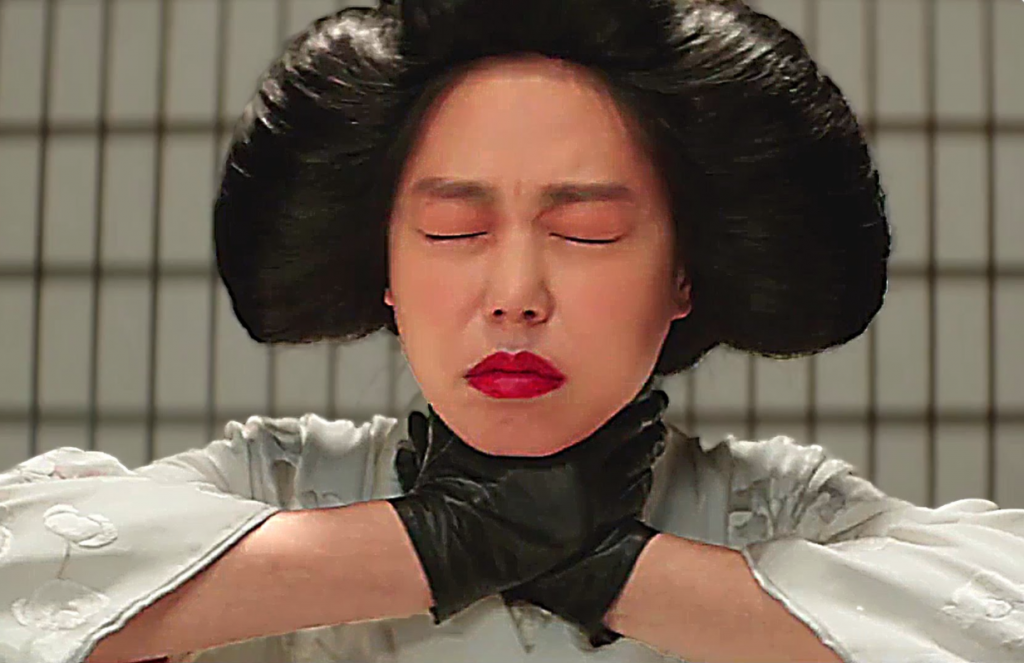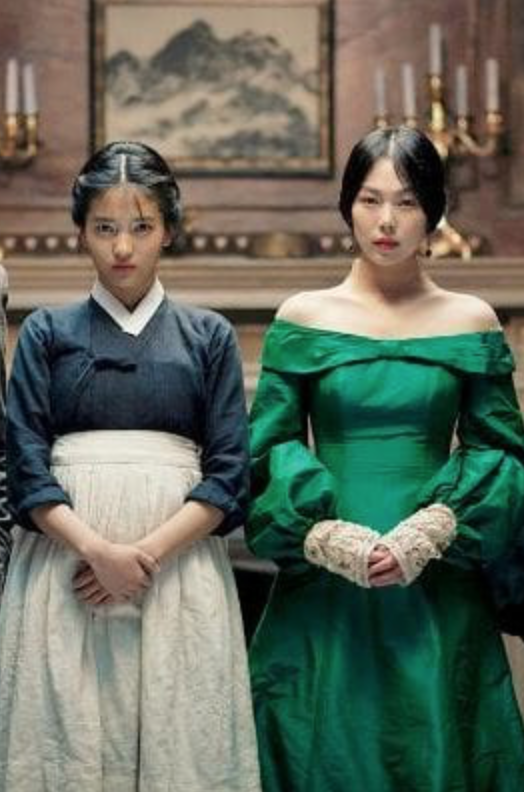 Although I admire all adaptations that do their job well, I confess I have a soft spot in my heart for the truly creative ones – films that capture the essence of a book by transposing it into a seemingly unimaginable context. Its lavish, cruelly sensual flourishes may not be for everyone but “The Handmaiden,” South Korean revenge thriller director Park Chan-wook’s Korean- and Japanese-language take on Welsh novelist Sarah Waters’s Victorian-set romantic thriller Fingersmith, may be the best adaptation of this year. It is certainly the most innovative.
Although I admire all adaptations that do their job well, I confess I have a soft spot in my heart for the truly creative ones – films that capture the essence of a book by transposing it into a seemingly unimaginable context. Its lavish, cruelly sensual flourishes may not be for everyone but “The Handmaiden,” South Korean revenge thriller director Park Chan-wook’s Korean- and Japanese-language take on Welsh novelist Sarah Waters’s Victorian-set romantic thriller Fingersmith, may be the best adaptation of this year. It is certainly the most innovative.
Set in 1930s Korea at the height of Japanese colonialism, the screenplay (crafted by Park and Chung Seo-Kyung) follows Waters’s triptych narrative structure as well as her basic premise. The first section is narrated by Nam Sook-hee (Kim Tae-ri), an orphan girl raised as a pickpocket by a human trafficker. A Korean gold-digger (Ha Jung-woo) posing as the Japanese Count Fujiwara (we never learn his real name) enlists her in his seduction of Hideko (Kim Min-hee), a Japanese heiress living with her guardian, Korean Uncle Kouzuki (Jo Jin-woong). The plan is for Sook-hee to gain Hideko’s confidence by working as her personal maid, and then commit her to a mental asylum once Fujiwara marries her so they can pocket her inheritance. What gums up the plan: the handmaiden falls head over heels for her mistress, with whom she shares a thrilling sexual chemistry.
As the story progresses, shifting to Hideko’s perspective and finally Fujiwara’s, we encounter elements lifted straight from the “Sympathy for Lady Vengeance” director’s universe of eroticized violence, complete with a triple entendre to the word “fingersmith” never introduced by Waters. Though the elder Kouzuki poses as a lofty scholar, we learn that his seminars and literary collection are of a darker nature, and that Hideko has long been an object of his “studies.” She may appear as a sheltered innocent but the question of who’s the mark and who’s the con becomes the central plot device, as are the drifting alliances between the three narrators.
A central aspect of Waters’s plot – the backstory of the two girls’ births and the role of the human trafficker – falls by the wayside. This may disappoint some, especially as it is replaced by an emphasis on Hideko’s sadomasochistic rearing. But as much as I admire the antecedent novel – and as much as I think a more faithful adaptation would offer other, more overtly feminist delights –  I also admire how the South Korean auteur turns his signature themes of torture and misogyny on their heads. In stunning – and stunningly graphic – lovemaking scenes, we see how the girls have internalized that violence as well as the male gaze that has imprisoned them. We also see how they reclaim their freedom as well as their delight. Though comparisons may be drawn between these sex scenes and the oddly mechanical ones in the French adaption of the graphic novel Blue Is the Warmest Color, I find the former far more liberationist – less neurotic than erotic.
I also admire how the South Korean auteur turns his signature themes of torture and misogyny on their heads. In stunning – and stunningly graphic – lovemaking scenes, we see how the girls have internalized that violence as well as the male gaze that has imprisoned them. We also see how they reclaim their freedom as well as their delight. Though comparisons may be drawn between these sex scenes and the oddly mechanical ones in the French adaption of the graphic novel Blue Is the Warmest Color, I find the former far more liberationist – less neurotic than erotic.
Korean productive values are rightfully celebrated as the most visually arresting around right now, and “The Handmaiden” stands out even among this fare. The mansion where this takes place combines British and Japanese architectural tropes, and, like the costuming, boasts details so gorgeously decorative that it’s as if we’re tiptoeing through a museum. Park honors his signature intersection of beauty and horror by taking pages from Takashi Ishii’s “Flower and Snake” series as well as Teruo Ishii’s 1970s sexploitation costume dramas (called “porno jidaigeki”). Throw in the voluptuous color and form of Georgia O’Keeffe’s flowers, and this whole film shimmers as a glistening homage to the pussy. What may surprise critics of Park’s earlier fare is that the women here are never objects. Their sexuality is our primary lens, and we share their gaze rather than that of the men who feed upon them. If anything, we are all their subjects.
This was originally published on Signature.
